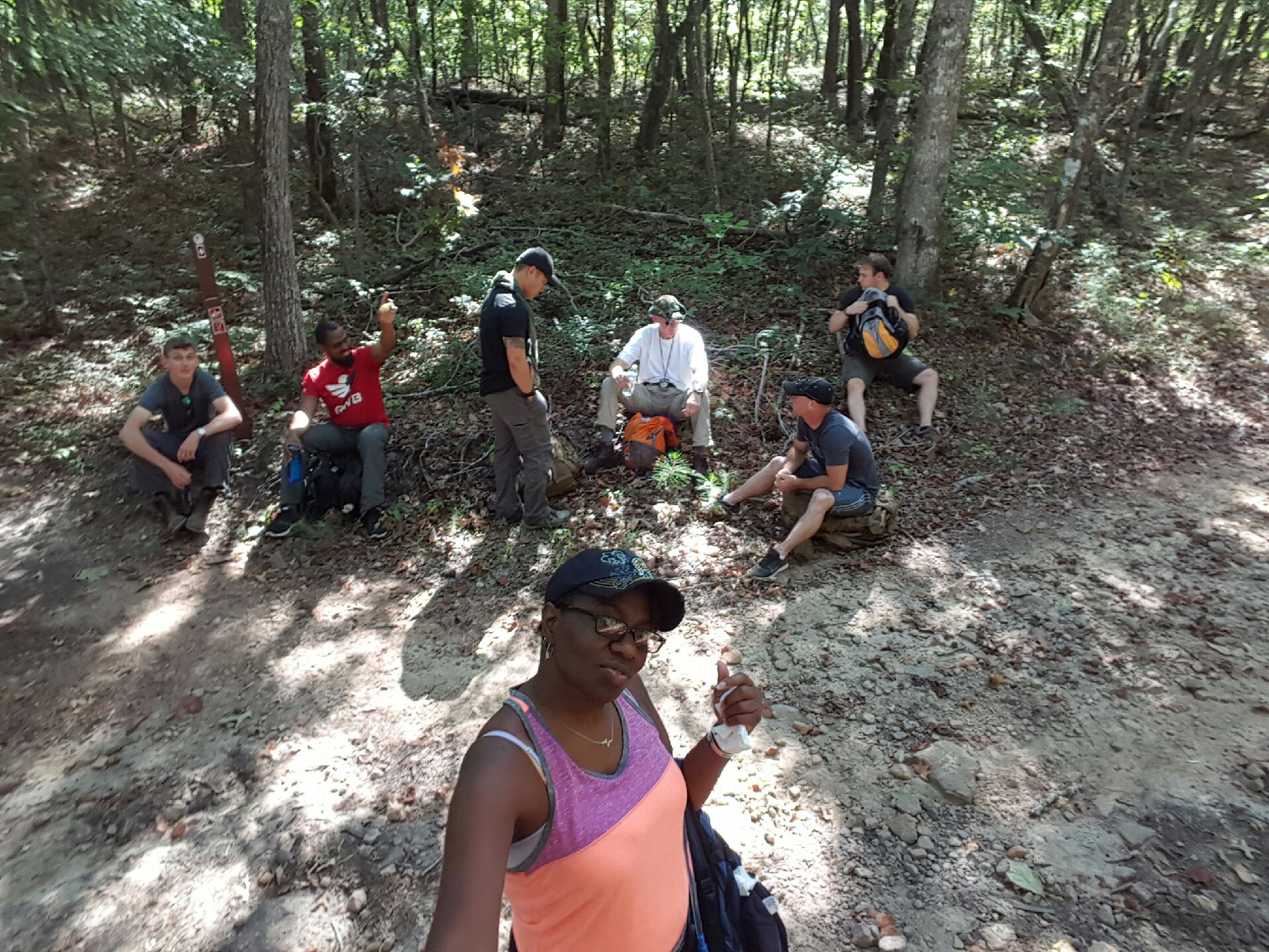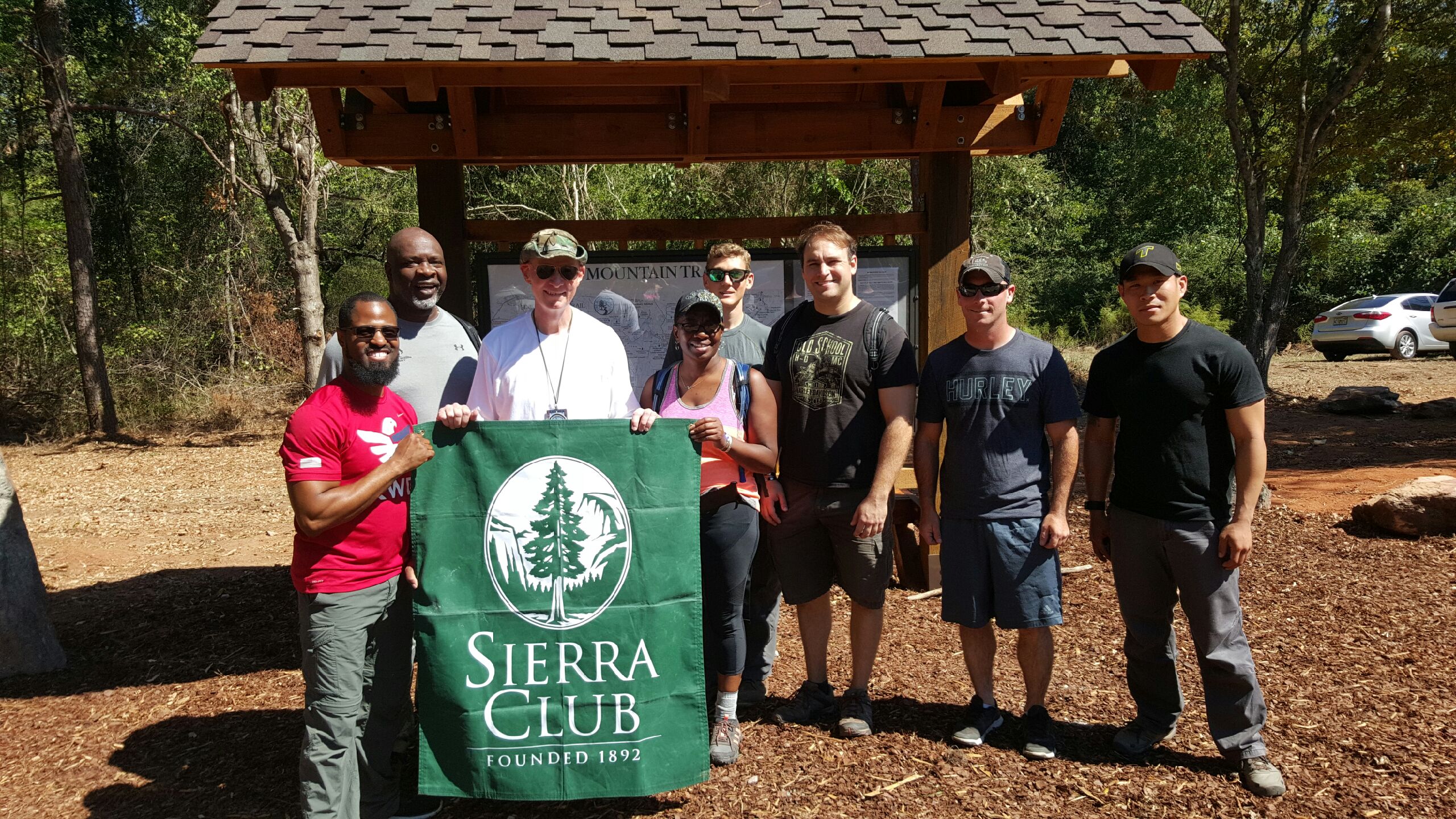By Lornett Vestal and Matthew Nichols
It’s fitting that America’s most famous wilderness guide, Sacajawea of the Lemhi Shoshone tribe, was a woman of color. But it’s also tragic that throughout American history, ethnic minorities have so often been underrepresented or intentionally excluded from the outdoors. Today, research from industry groups like the Outdoor Foundation bears out the conclusion that minority groups simply don’t go outside. Consider this data point: in any given year, less than half of African American adolescents age 13 to 17 will participate in even one outdoor recreation activity. The issue isn’t that people of color in America don’t care about nature or environmental issues. In fact, surveys of racial minorities consistently show they are more concerned than whites about climate change and more supportive of policies to fix it. So what is keeping people of color from participating in outdoor recreation and enjoying its benefits? As activist and author Glenn Nelson writes, “Because the outdoors remains a largely white domain, it is up to white America to invite communities of color in, to enlist us as allies.” Here are a few proven strategies for outings leaders (and well-meaning white folks) who want to be part of the solution:

Let’s Talk About Race
Dialogue is the first step toward promoting true inclusion and diversity at a much deeper level. We must address the issue of race head on and understand that we live in a society that offers one group of people advantages based on the color of their skin, while systematically oppressing other groups. For example, while the National Park system has been justly lauded as “America’s best idea,” we must acknowledge that the parks originally excluded people of color. Given that history, it becomes easier to understand why minorities may continue to feel unwelcome in the outdoors. Educating ourselves about environmental racism, or the disproportionate burden of pollution borne by people of color from poor urban blacks to Latino farmer workers, is also crucial. An appreciation of environmental justice allows us to offer programming that speaks to these communities’ concerns.
Lower Barriers, Not Standards
Outdoor sports can present daunting barriers to entry, in terms of equipment and skills. Options, like carpooling or sharing gear can go a long way toward reducing the costs of participation. But there’s a fine line between lowering barriers and offering less worthwhile programming. To learn how to better do that, we turned to an unlikely source for advice: the United States Army. In recent years, the military has made a concerted push to promote diversity and inclusion, despite significant pushback from some conservative pundits. In 2015, the first female soldiers graduated Ranger School, a notoriously difficult course that nearly 60% of soldiers fail to complete. David Fivecoat, an Army colonel who oversaw the Ranger training program during the gender integration, says the key to getting buy-in was “uniformity and transparency.” “All students were held to and met the same standards regardless of gender,” Fivecoat says. The goal on recreational outings isn’t to create a boot camp-like atmosphere, but we should expect mutual respect and accountability among everyone we take outdoors. In fact, across all demographic groups, “developing my self-confidence” was a major reason to engage in outdoor recreation, according to the Outdoor Foundation study.
Use Plain but Precise Language
When promoting outings, avoid jargon in your marketing materials, opting instead for clear, objective terms, such as distances and elevations, as well as qualifiers like “moderate” or “strenuous” that classify terrain, not people. Phrases like “for beginners” may be well-intended but risk infantilizing participants. Promoting diversity does not mean neglecting to discuss the area’s ecology or “Leave No Trace” practices. According to Dr. L. Michelle Baker., a writing expert who trains environmental scientists to communicate better with the public, the key is to “state your message simply without simplifying it.” She cautions that “scientists have become so accustomed to speaking with one another that they can have difficulty distinguishing between scientific lingo and commonly understood terms.” As outdoors leaders, we can be guilty of this same tendency. The solution? By showing people from diverse backgrounds what is “so cool, so beautiful, and so worthwhile” about a particular natural area, she says, outings leaders create an ideal opportunity to “make your information relevant without being melodramatic.”

Imagery Matters, So Lead by Reflection
Strive to cultivate a diverse group of leaders within your organization. For would-be participants from under-represented groups, seeing people like them in leadership roles will inspire confidence that this organization understands and welcomes them. For better or worse, the perception of outdoor recreation is tied up with the advertising used to sell outdoor gear. When people see catalogs filled with images of overwhelmingly fit, young, white people, it sends a subconscious signal that the outdoors is meant for people who look like that. To quote Jose Gonzalez, founder of the advocacy group Latino Outdoors, “’Estamos aquí’ is the message. It’s a declaration Latinos are making, more and more, while stepping off yellow buses and other modes of transport onto slopes, beaches and peaks across the country.” Just the act of being present and recognized matters. As inclusive leaders, we can promote a sense of belonging and ownership through the imagery we project in marketing materials, on our websites and in the leaders we mentor and develop within our organizations.

Codify the Commitment
Putting pen to paper can help ensure progressive policies live on after turnover in leadership or membership. Announcing a commitment to diversity on your outing club’s website sends a clear message and helps create a welcoming environment for all. “It just wasn't even remotely in anybody's consciousness that someone might object to LGBTQ lifestyles. That was a tremendous testament to the character of the conference,” says Joe Kopena, former director of the Eastern Collegiate Cycling Conference. However, recognizing there were transgender students who wanted to race bikes but were unsure of the rules governing their participation, the conference organizers “set about to codify that spirit of equality” with a formal policy, Kopena says. The same principles apply for outings leaders looking to boost diversity and inclusion: be proactive, research other organizations’ policies, and use your group’s website, leader manual or code of conduct to codify your club’s commitment.
Step Up, Step Back
Simply incorporating a social dimension in your outings can promote diversity. According to the study by the Outdoor Foundation, “talking to new/varied people” was a greater motivation for Hispanics, African Americans and Asian Americans to participate in outdoor activities than it was for whites. Organizing an optional group meal immediately after a whitewater run or crag session is a great way to structure a more inclusive outing. Sitting around a table together provides an opportunity to contribute for people who may have felt out of their comfort zone when dangling on top-rope, for example. As Glenn Nelson notes, “Race matters for reasons that really are only skin deep, that cannot be discussed any other way, and that cannot be wished away. Race matters because of the slights, the snickers, the silent judgments that reinforce that most crippling of thoughts: I do not belong here.” Sitting down together to break bread can help counter that subconscious feeling of alienation and ensure that everyone comes back for subsequent outings feeling welcomed and affirmed.
Everyone Outside
Building broad coalitions that are representative of the communities in which we live is critical to the success of any movement. The theory of change is simple and well-tested: people who hike, bike, climb, kayak or ski tend to make lifestyle choices and take political actions that promote conservation. People of color are already leaders in the fight to stop climate change. In this era of seemingly insurmountable ideological divisions, coming together as communities to experience nature is perhaps one of the most profound political statements we can make. To quote Glenn Nelson, “It’s not a cure for this ailing world. It may not even be a saving grace. But it’s something — something that makes me believes it doesn’t matter if I’m not white. I still count, and I will have my say.”
Lornett Vestal is the Southeastern Military and Veteran Coordinator at the Sierra Club. Matt Nichols is an environmental consultant, currently on contract to the U.S. Army. This piece represents their shared views, not those of their respective employers.
